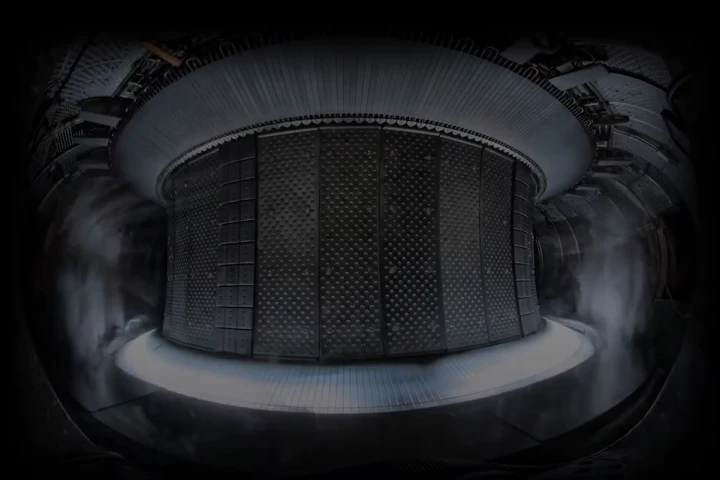UK-based Core Power has announced that it plans to mass produce a fleet of floating nuclear power plants (FNPPs) using advanced reactor design and modular shipbuilding to be anchored off the US coast in about 10 years.
Nuclear power is enjoying something of a renaissance with many countries turning to the atom to meet their energy needs. However, the bottleneck for increasing the nuclear sector isn't with manufacturing reactors. It's the civil engineering side of things, with most of the time and cost going to securing real estate for building the foundations and buildings for the plant as well as navigating a bewildering maze of permits, licenses, and planning permissions.
To get around this as well as speed up production, Core Power plans to use Generation 4 reactor design combined with conventional modular shipbuilding methods to crank out floating nuclear plants on an assembly line basis. To reflect this, the company is referring to this as the "Liberty program" in a call back to the famous Liberty ships of the Second World War that were built at a speed of as fast as four days for one hull.

The heart of these atomic Liberty ships is a compact molten salt reactor, which is an advanced version of a design first developed in the 1950s. Instead of fuel rods stuck in pressurized water as a neutron moderator and coolant, these reactors use nuclear fuel mixed with molten salt at normal atmospheric pressure.
Though it has its disadvantages, molten salt reactors have the pluses of being compact, mechanically simple, are cooled largely by passive circulation, and aren't prone to runaway nuclear meltdowns – which should make the neighbors happy. They're also easy to service because the spent fuel can be filtered out of the salt mixture and replaced with fresh fuel as a matter of course. However, Core Power claims that their reactors won't need refueling during their service life.
The clever bit is that by installing the reactors in ships, they can be easily moved to where they are needed without dealing with quite so much red tape or environmental exclusion zones and they can be moved out if demand changes or the local political climate changes for the worse. And they can be returned to a central facility for maintenance or disposal. In addition, by siting plants along coast lines, they are near areas of peak demand.

The idea of floating nuclear plants isn't new. Reactors have been installed in submarines and ships since the USS Nautilus in 1954 and the first floating power plant dates back to 1967. The idea was revived by Russia in 2019 and the Americans and British have shown increased interest in recent years.
Meanwhile, Core Power wants to take things a step further. Aside from mass producing floating tractors, the company says that these plants are only the first phase of a long-term program. The ultimate goal is to not only have reactors in ships, but to use them as a common form of commercial propulsion. Beyond this, the reactors can also be used for desalination and the production of green hydrogen for other power applications.
Core Power plans to open its order books in 2028, with commercial deliveries beginning in the 2030s.
"The Liberty program will unlock a floating power market worth US$2.6 trillion, and shipyard construction of nuclear will deliver on time and on budget,” said Core Power CEO Mikal Bøe. "Given that 65% of economic activity takes place on the coast, this will allow nuclear to reach new markets. Core Power’s Liberty program will deliver resilient energy security for heavy industry and ocean transport. In doing so, it will revolutionize the maritime sector and transform global trade."
Source: Core Power






